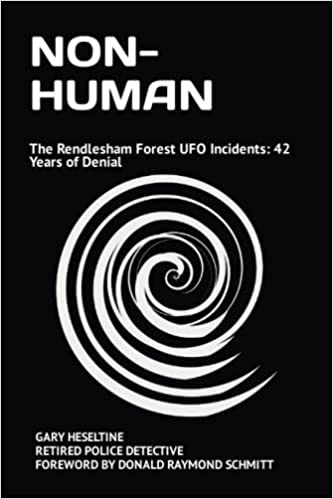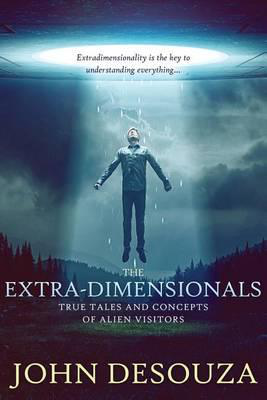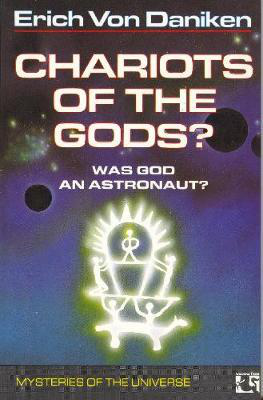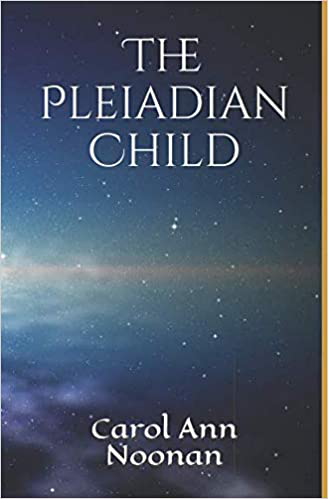Perseid Meteor Shower Peaks Tonight - Up To 60 Meteors Per Hour - 12th August
General News
Monday 12th, August 2024
3 minute read.
Sky watchers are in for a treat tonight as one of the most spectacular celestial displays of the year lights up the night sky. The Perseid meteor shower, which began peaking on the 11th of August, will continue to offer stunning views until the early hours of the 13th of August. During this peak period, up to 60 meteors per hour could be visible, offering an unforgettable experience for those who venture out to observe.
The Perseid meteor shower has been a highlight of the night sky for around 2,000 years. The meteors are named after the constellation Perseus, from which they appear to originate. This annual event occurs as Earth passes through a cloud of debris left behind by Comet Swift-Tuttle. As fragments of the comet's debris enter Earth's atmosphere at speeds of up to 209,000 kilometres per hour, they create the brilliant streaks of light we see as meteors.
From Earth, these particles appear as bright streaks of light across the night sky, caused by the debris burning up upon entering the atmosphere. At the peak of the shower, as many as 60 meteors can be seen every hour.
To catch the best view of the Perseid meteor shower, experts recommend heading out when the sky is at its darkest. The optimal viewing period is between midnight and 5:30 AM, when the meteor shower is at its peak. This is when the Earth’s rotation positions viewers to face the densest part of the comet's debris field.
No special equipment is needed to enjoy the Perseid meteor shower. In fact, using binoculars or telescopes could hinder the experience, as these tools limit the field of view. Instead, stargazers are advised to find a dark location, away from city lights and other sources of light pollution, for the best viewing experience. Areas in the countryside or open fields with clear skies are ideal.
Once you've found a good spot, it’s important to give your eyes time to adjust to the dark, this usually takes about 15 minutes. Observers are also encouraged to set aside at least an hour for stargazing, as meteor showers can vary in intensity, with bursts of activity interspersed with quieter periods.
The Perseid meteor shower is part of the debris trail left by Comet Swift-Tuttle, which orbits the Sun once every 133 years. The comet itself was last visible in 1992 and will not return to our skies until 2125. However, the Earth passes through the remnants of the comet's tail every year, giving rise to the annual Perseid shower.
The meteor shower has been visible since the 17th of July and will continue until the 24th of August, though the peak period provides the most spectacular viewing opportunities.
The Perseid meteor shower has been a highlight of the night sky for around 2,000 years. The meteors are named after the constellation Perseus, from which they appear to originate. This annual event occurs as Earth passes through a cloud of debris left behind by Comet Swift-Tuttle. As fragments of the comet's debris enter Earth's atmosphere at speeds of up to 209,000 kilometres per hour, they create the brilliant streaks of light we see as meteors.
From Earth, these particles appear as bright streaks of light across the night sky, caused by the debris burning up upon entering the atmosphere. At the peak of the shower, as many as 60 meteors can be seen every hour.
To catch the best view of the Perseid meteor shower, experts recommend heading out when the sky is at its darkest. The optimal viewing period is between midnight and 5:30 AM, when the meteor shower is at its peak. This is when the Earth’s rotation positions viewers to face the densest part of the comet's debris field.
No special equipment is needed to enjoy the Perseid meteor shower. In fact, using binoculars or telescopes could hinder the experience, as these tools limit the field of view. Instead, stargazers are advised to find a dark location, away from city lights and other sources of light pollution, for the best viewing experience. Areas in the countryside or open fields with clear skies are ideal.
Once you've found a good spot, it’s important to give your eyes time to adjust to the dark, this usually takes about 15 minutes. Observers are also encouraged to set aside at least an hour for stargazing, as meteor showers can vary in intensity, with bursts of activity interspersed with quieter periods.
The Perseid meteor shower is part of the debris trail left by Comet Swift-Tuttle, which orbits the Sun once every 133 years. The comet itself was last visible in 1992 and will not return to our skies until 2125. However, the Earth passes through the remnants of the comet's tail every year, giving rise to the annual Perseid shower.
The meteor shower has been visible since the 17th of July and will continue until the 24th of August, though the peak period provides the most spectacular viewing opportunities.



